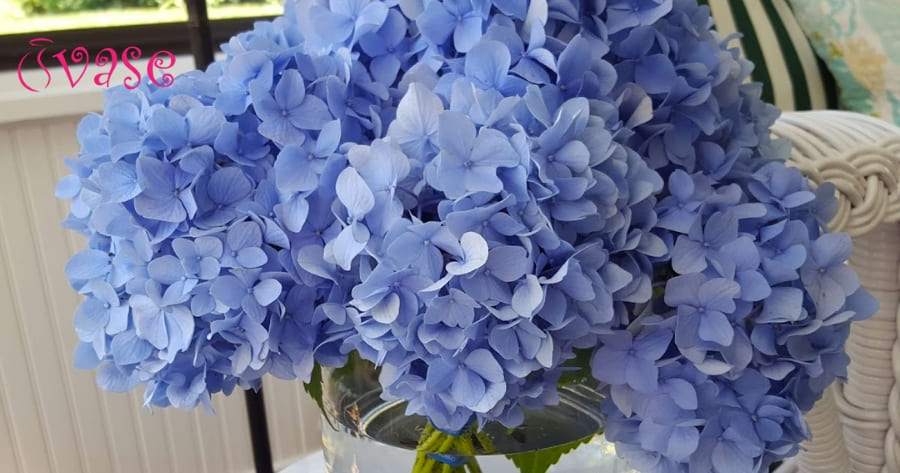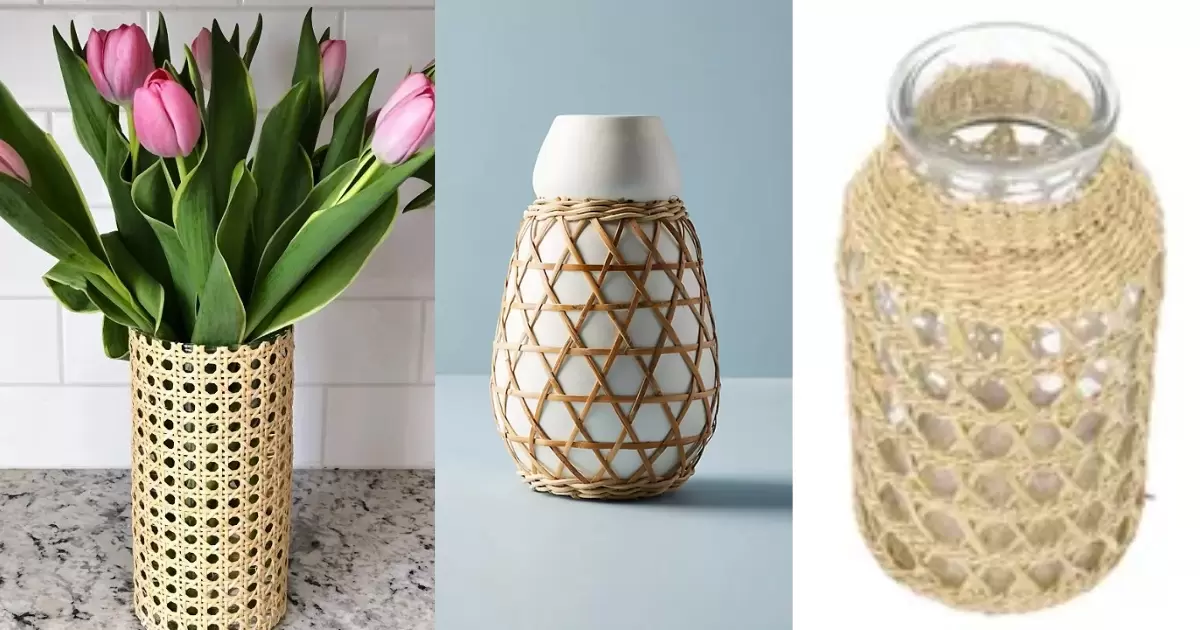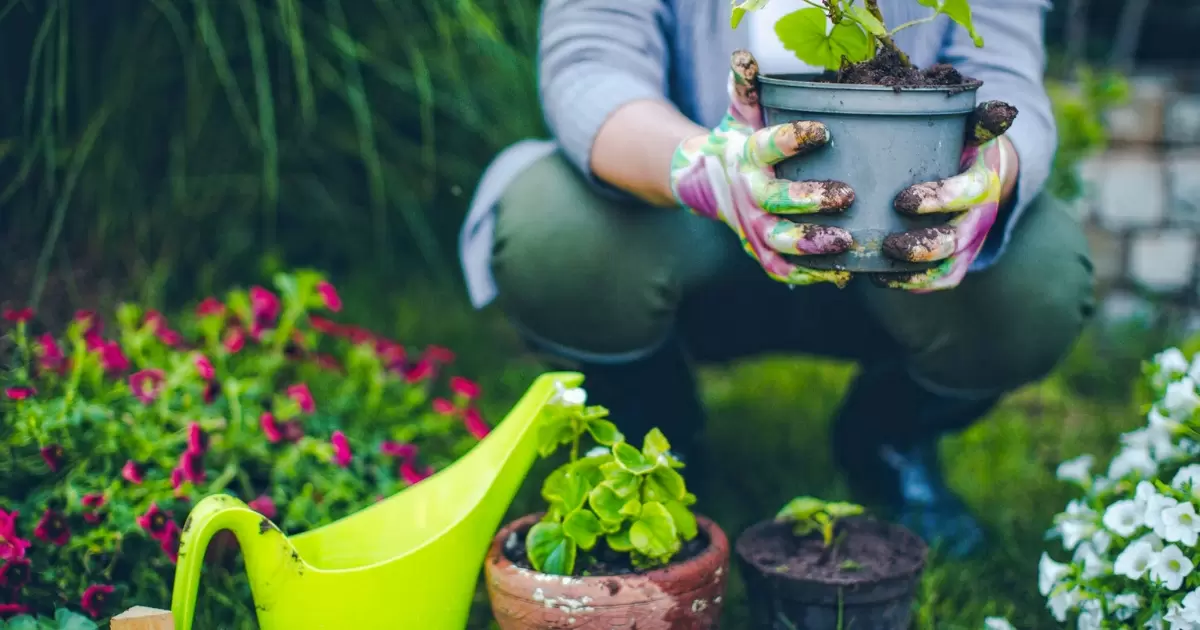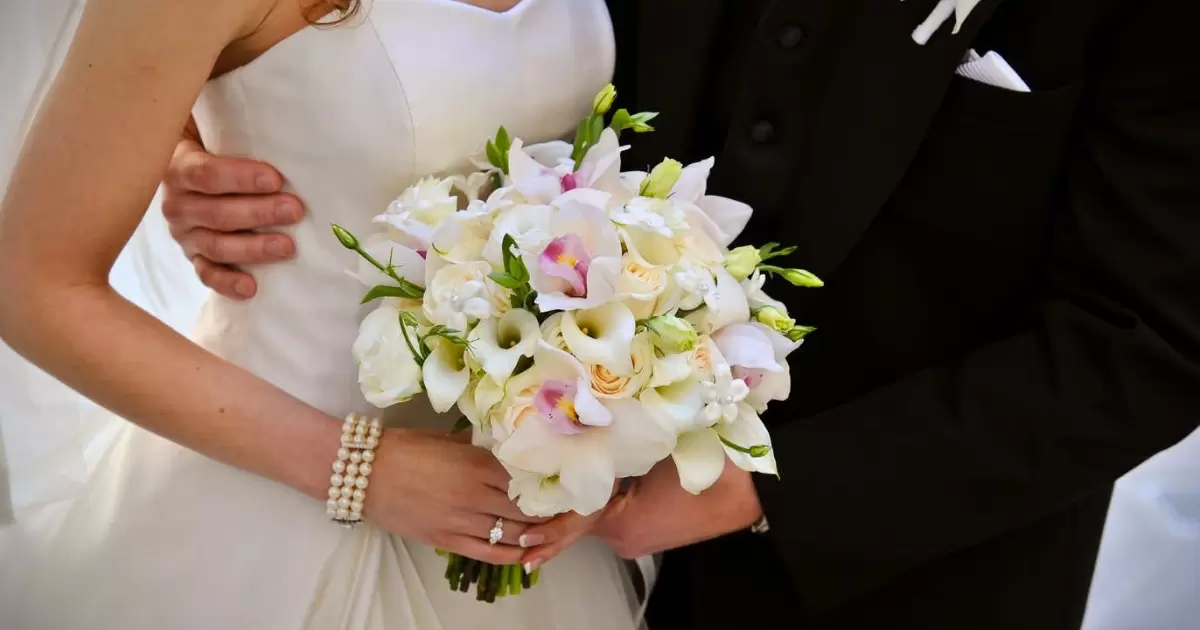Hydrangeas are beautiful and delicate flowers that can add a touch of elegance to any space. When properly cared for, hydrangeas can stay fresh and vibrant in a vase for an extended period of time, allowing you to enjoy their beauty for longer.
When it comes to creating stunning floral arrangements, knowing how to take care of hydrangeas in a vase is important. The beautiful clusters of blossoms in various colors make them a popular choice and an excellent addition to any vase or floral design.
Hydrangeas require specific care to ensure they stay fresh and vibrant for as long as possible. In this article, we will provide you with expert tips and techniques to help you take care of hydrangeas in a vase, allowing you to enjoy their beauty for an extended period of time.
Choosing The Right Hydrangeas
Before we delve into the care process, it's crucial to start with the right hydrangeas. When selecting hydrangeas for your vase, keep the following factors in mind:
Pick Fresh Hydrangeas
Choose hydrangeas that have plump petals and vibrant colors. Avoid those with wilted or discolored petals, as they may not last as long.
Consider The Stage Of Blooming
If you want your hydrangeas to last longer in a vase and learn how to put tulips in a vase, opt for varieties that are partially open or have just a few fully bloomed petals. This way, the flowers will continue to open in the vase, prolonging their lifespan.
Preparing The Vase
Now that you have selected your hydrangeas, it's time to prepare the vase properly. Follow these steps on how to arrange hydrangeas in a vase to ensure a conducive environment for your flowers.
Choose a clean vase
Use a clean vase thoroughly washed with warm, soapy water to remove any potential bacteria or residue. Rinse it well before use.
Fill The Vase With Lukewarm Water
Fill the vase with lukewarm water to a level that allows the stems of your hydrangeas to be submerged entirely. Avoid using cold water, as it can shock the flowers and impede water absorption.
Add Flower Food, If Available
If you have flower food, follow the instructions to add it to the water. Flower food provides the necessary nutrients and extends the longevity of your blooms.
Remove Excess Foliage
Strip any leaves that will sit below the water level in the vase. This prevents the leaves from decomposing and contaminating the water.
Properly Conditioning the Hydrangeas
Hydrangeas require conditioning before they can thrive in a vase. Follow these steps to ensure your blooms are suitably prepared:
Trim the stems
Trim the hydrangea stems using clean and sharp floral shears at an angle. Make the cut at least an inch from the bottom to promote better water absorption.
Remove lower leaves
Strip off any lower leaves that will fall below the waterline. This prevents the leaves from rotting and keeps the water clean.
Submerge stems in warm water
After trimming, place the hydrangea stems in a container filled with warm water. Leave them submerged for at least two hours, allowing the flowers to drink up as much water as possible.
Placing and Maintaining the Vase
Now that your hydrangeas are properly conditioned, it's time to place them in the vase and provide the right care to ensure longevity.
Arrange the hydrangeas in the vase
Gently place the hydrangeas in the prepared vase. Arrange them in a way that allows each stem to have enough space for proper water absorption.
Find The Ideal Spot For The Vase
Place the vase in a location away from direct sunlight, drafts, or heat sources. Hydrangeas prefer cooler environments, which help them last longer.
Monitor Water Levels
Check the water levels daily and top up with fresh lukewarm water as needed. Hydrangeas are thirsty flowers and require adequate hydration to thrive.
Mist The Flowers
Lightly mist the hydrangeas with lukewarm water once or twice a day. This helps maintain the humidity around the flowers, keeping them fresher for longer.
Taking Care Of Hydrangeas During The Flowering Stage
|
Care Aspect |
Guidelines |
|
Watering |
Keep the soil consistently moist; hydrangeas love hydration. |
|
Sunlight |
Provide partial shade, especially during the hottest hours. |
|
Pruning |
Deadhead spent blooms regularly to encourage new growth. |
|
Fertilizing |
Apply a balanced fertilizer once a month for optimal health. |
|
Mulching |
Mulch around the base to retain moisture and regulate temperature. |
|
Pest Control |
Keep an eye out for pests and address them promptly. |
|
Supportive Structures |
Use stakes to support heavy blooms and prevent breakage. |
|
Monitoring Bloom Color |
Adjust soil pH for desired flower color (acidic for blue, alkaline for pink). |
Taking Care Of Hydrangeas In Outdoor Pots
For thriving hydrangeas in outdoor pots, choose a well-draining soil mix. Ensure the pot has drainage holes to prevent waterlogging. Water consistently, allowing the soil to dry slightly between waterings. With proper care, including how to take care of hydrangeas in a vase, your potted hydrangeas will bring vibrant beauty to your outdoor space.
Place the pots where hydrangeas get morning sun and afternoon shade. Protect them from strong winds that can damage delicate blooms. Trim faded flowers to encourage continuous blooming, and feed with a balanced fertilizer during the growing season.
Frequently Asked Questions
How do you make hydrangea last in a vase?
To make hydrangeas last in a vase, trim the stems at an angle, remove excess leaves, and change the water every few days. This helps maintain hydration and freshness.
How do florists keep hydrangeas from wilting?
Florists keep hydrangeas from wilting by giving the stems a fresh cut and placing them in water immediately. They also use floral preservatives to nourish the flowers and keep them vibrant.
How do you keep cut hydrangeas alive inside?
To keep cut hydrangeas alive inside, regularly change the water, trim the stems, and avoid placing them in direct sunlight or near drafts. These measures prevent dehydration and extend their lifespan.
What causes hydrangeas to wilt in a vase?
Hydrangeas wilt in a vase due to air bubbles in the stems, bacterial growth in the water, or dehydration. Proper care, such as trimming stems and changing water, helps address these issues and keeps hydrangeas looking fresh.
Conclusion
How to care for hydrangeas enhances their longevity in vases. Simple steps, like trimming stems and changing water regularly, make a significant difference. Appreciate the vibrant blooms longer with proper care—easy yet impactful.
Similarly, when it comes to outdoor potted hydrangeas, thoughtful practices ensure robust growth. Well-draining soil, strategic placement for sunlight, and diligent watering foster healthy plants. Regular trimming and feeding contribute to a flourishing display of potted hydrangeas, enhancing your outdoor space.
.png)












